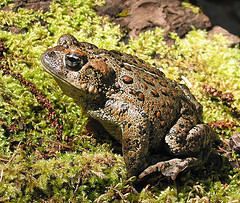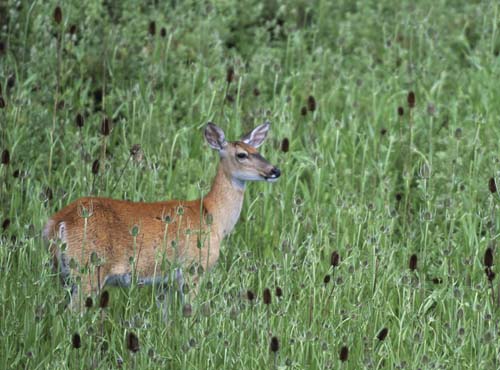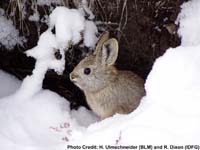It is the season of biting midges, and therefore the season for epizootic hemorrhagic disease in deer.
In Kansas, there have been several reports of dead or dieing deer. Two of those cases have been confirmed as epizootic hemorrhagic disease (EHD), or EH, as this article in InfoZine that reported the outbreak calls it. Read the story here.
EHD is cited as the likely source of dead and dieing deer in Montana, in this article from the Liberty County Times.
Read the ProMed entries on both these events for background, wise commentary and corrections to the articles. The comments are at the bottom of the page in [brackets]. Read it here.
There is a possible outbreak in North Dakota. It is still being investigated. Read the story in the Bismark Tribune.
And finally, two weeks ago New Jersey announced a possible outbreak of EHD. We posted that as an addition to that week’s wildlife disease update, but in case you missed it, here’s the press release.
Late addition: On Sept. 7, 2011, New York State has announced that the death of 100 deer in Rockland County two weeks ago was caused by EHD. Read the press release here.
Photo: A healthy deer. Photo credit: Steve Hillebrand, courtesy US Fish and Wildlife
 “Another pneumonia outbreak has killed bighorn sheep in the Skalkaho area, and a veterinarian thinks smoke from wildfires may be to blame,” says an article in the Montana newspaper the Ravalli Republic. “If it spreads, the outbreak would be the 7th major die-off of bighorn sheep in western Montana since 2009.”
“Another pneumonia outbreak has killed bighorn sheep in the Skalkaho area, and a veterinarian thinks smoke from wildfires may be to blame,” says an article in the Montana newspaper the Ravalli Republic. “If it spreads, the outbreak would be the 7th major die-off of bighorn sheep in western Montana since 2009.”






